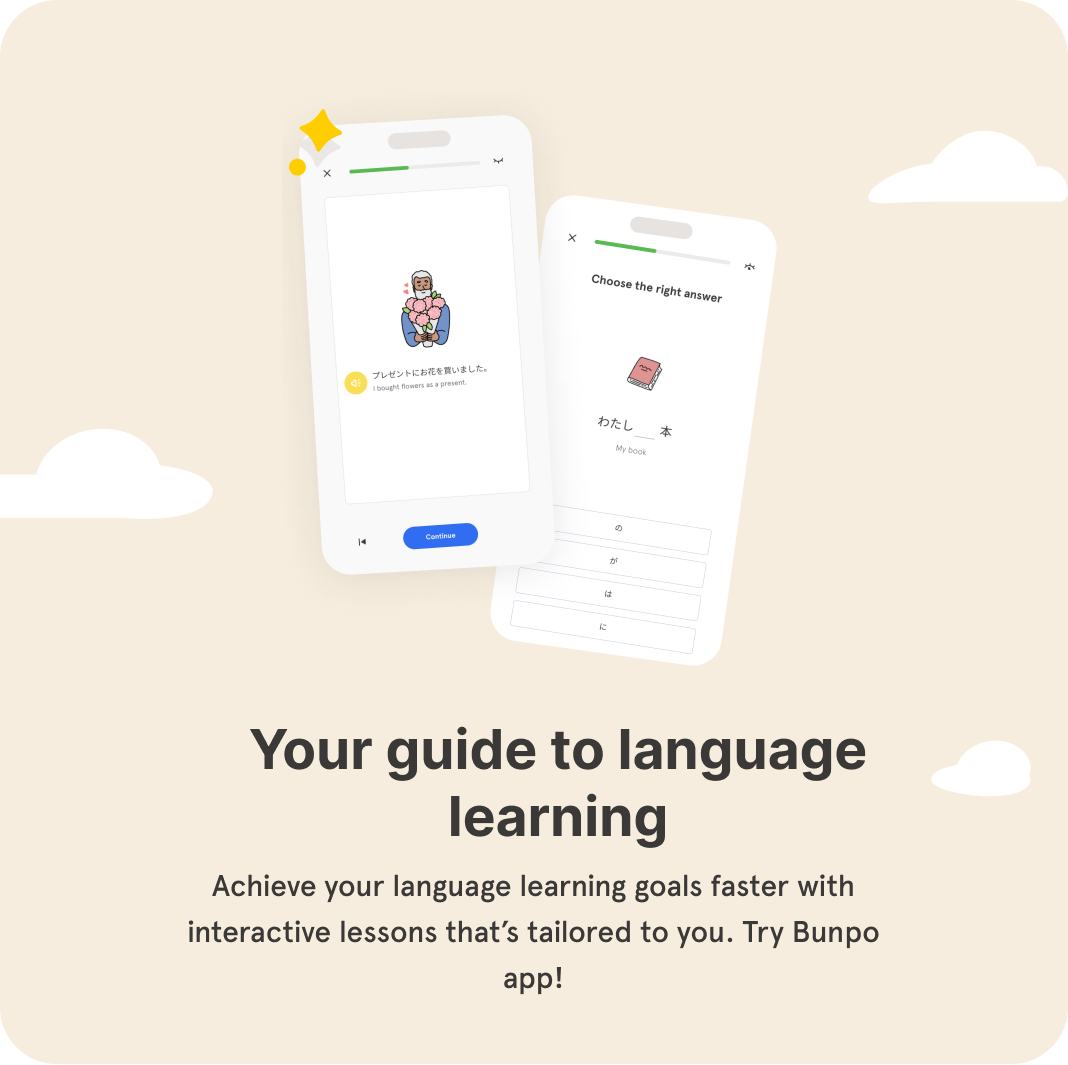
The term “language fluency” is frequently used—on job applications, in classrooms, and on travel websites. But what exactly does it mean to be fluent in a language? And how can you achieve it, especially if you’re starting from scratch?
Let’s debunk some myths and get realistic about what fluency is, what it isn’t, and the proven methods to help you become fluent.
What Is Language Fluency Really?
Fluency doesn’t mean perfection. Knowing every grammar rule or speaking like a native isn’t what makes you fluent. Instead, fluency simply means speaking smoothly, spontaneously, and confidently—without frequently searching for words or stumbling.
Fluency is achieved when you can:
- Converse without translating in your head
- Understand native speakers at a natural pace
- Express complex ideas spontaneously
- Read, write, listen, and speak comfortably
Fluency isn’t binary; it’s more of a continuum. You might be fluent in casual conversations but not in formal or technical discussions—and that’s perfectly fine.
Common Myths About Fluency
Let’s tackle some common misconceptions:
Myth 1: You must live in the country to become fluent.
Helpful? Definitely. Necessary? No. With today’s technology, you can immerse yourself in a language without leaving your home.
Myth 2: Children learn languages faster than adults.
Children have more time and aren’t afraid of making mistakes. Adults have better memory, self-discipline, and more effective learning strategies. It balances out.
Myth 3: Fluency means perfect speaking.
Not true. Fluency focuses on effective communication, not flawless speech. It’s about flow, not perfection.
Practical Steps to Achieve Fluency
Here’s a realistic strategy for becoming fluent:
1. Build a Daily Habit
Consistency beats intensity. Practicing just 20 minutes daily is more effective than 3 hours once a week. Integrate language learning into your everyday life—like brushing your teeth.
2. Talk from Day One
Don’t wait to feel “ready.” Speak early, speak often, make mistakes, get corrections, and repeat. Use apps like iTalki or Tandem to chat with native speakers.
3. Immerse Yourself
Switch Netflix to your target language. Listen to music, podcasts, and audiobooks. Follow social media accounts in the language. Surround yourself until it starts feeling natural.
4. Practice Real-Life Language
Skip textbook dialogues about booking hotels. Learn how real people speak, including slang, filler words, and everyday expressions. That’s where genuine fluency thrives.
5. Use It or Lose It
Language is like a muscle—if unused, it weakens. Regularly engage with the language. Even reading your shopping list aloud helps.
With Bunpo
, you can learn Japanese, Korean, Spanish, French, and many more languages!
6. Track Progress, Not Perfection
Improvement happens gradually. Record yourself speaking, set milestones, and celebrate victories, whether big or small.
Final Thoughts
Fluency isn’t magic, nor is it reserved for the “naturally gifted.” It’s developed daily—mistake by mistake, conversation by conversation. The key is commitment and integrating language learning into your everyday life.
Stop hesitating. Choose your language, and start speaking your way to fluency today.



